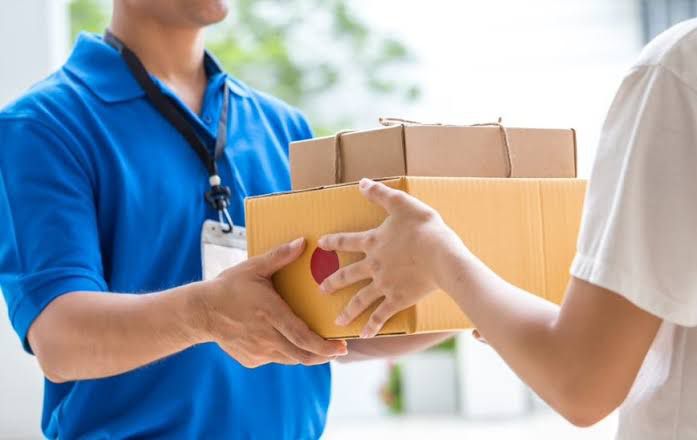The COVID-19 pandemic caused a massive growth of digital services to make our life easier while keeping a safe distance from each other – such as apps for courier delivery. According to some estimations, the global market for rapid delivery almost quadrupled in 2021 as a result.
Using a courier service is now a common solution when you need to transport something, get an item you forgot from a friend’s home, or send a gift when you live far away. It’s also useful when you have your own business and need to quickly deliver orders to customers, paperwork to contractors, or get raw materials from a supplier.
However, delivery issues sometimes come up – including crumpled packaging, damaged content, long waiting times, and a lack of shipment updates. These are unpleasant enough when you’re sending a sweater or a bottle of wine to a friend in the neighborhood, but what if it’s an important document or an expensive device at stake?
We’ve put together some useful tips on how to avoid such issues.
But first, it’s important to learn that some items simply should not be sent via courier. It’s never a good idea to send animals, for example – even if you really need to get your cat to a friend while you’re out of the city, or send newborn baby iguanas to a good home.
Other things you shouldn’t send via courier include valuables such as money and jewelry, food and liquids in open containers, and any food that requires special thermal conditions. Sending homemade sashimi to granny on a hot sunny afternoon isn’t a good idea, especially if she lives in a remote neighborhood. The list also includes prescription drugs, any dangerous chemicals or flammable substances, and of course, illegal drugs and weapons.
So, how should you send your stuff?
Proper packaging is key to ensuring your items arrive safely. Packaging should be sturdy and appropriate for the size and fragility of the items. If it’s a box, ideally use bubble wrap or phenoplast so that, for example, daddy’s lovely mug doesn’t move around during transit. If there’s no bubble wrap around, newspaper or an old sweatshirt can be a way out. Always make sure the box or bag is sealed, so that nothing will fall out.
You should also always use opaque packaging for the sake of privacy and the security of your parcel. One more trick is to use big packages for small objects, for example, putting keys in a box of chocolates or paper documents in a book.
If you’re a business, the delivery of an order forms part of your customer’s experience. You can make similarly branded boxes, wrap a package nicely, and include a flier with a promo code for your next order. Imagine what the unpacking process will be like – is it worth an ‘unpacking’ story on Instagram?
Clearly label your package with the recipient’s name, address, and phone number. Yes, if a user orders a courier via a dedicated app, all the info should be included in the order. But if a courier has many orders, there’s always a risk that an unlabeled parcel can fall into the wrong hands.
Again, if you send something to a business and it isn’t clear who should receive the delivery, it’s better to add a label.
Before handing a package over to the courier, take a photo of it to document its condition and how it was packed. This will help if there are any issues with the delivery, or if you need to make a claim for damages.
Look for a courier service with a good reputation for reliability and timely delivery. Courier apps are very handy for instant day-to-day delivery. And it’s even possible to choose types of delivery, whether by car, by foot, or even by motorcycle.
Think about traffic and weather conditions and choose your type of delivery accordingly. If you’re under time pressure, it’s better to check road conditions and estimate a realistic delivery time. Some services offer motorcycle delivery, which can be faster than a car in cities with harsh traffic.
Choose an app which allows users to track delivery in real-time, so you can monitor the courier’s progress and ensure timely delivery.
How to save on courier delivery
Plan your delivery and experiment with different times. For example, morning or evening rush hours, or the eve of a holiday, usually mean higher demand and increased delivery time, and subsequently higher prices.
If the parcel weighs up to 10 kg and does not require special transportation conditions, you can choose a walking courier for delivery. This will take a little longer, but in many cases significantly reduces the cost of delivery. Delivery by motorcycle is also usually faster and cheaper than by car, as it avoids traffic on the roads and parking fees.
Some services also allow users to determine how much they are willing to pay for shipping. The customer places an order on the platform and sets their price, and the couriers or drivers respond to the order or set their own price. Thus, the pricing of the service becomes more transparent and fair for all parties.






Discussion about this post